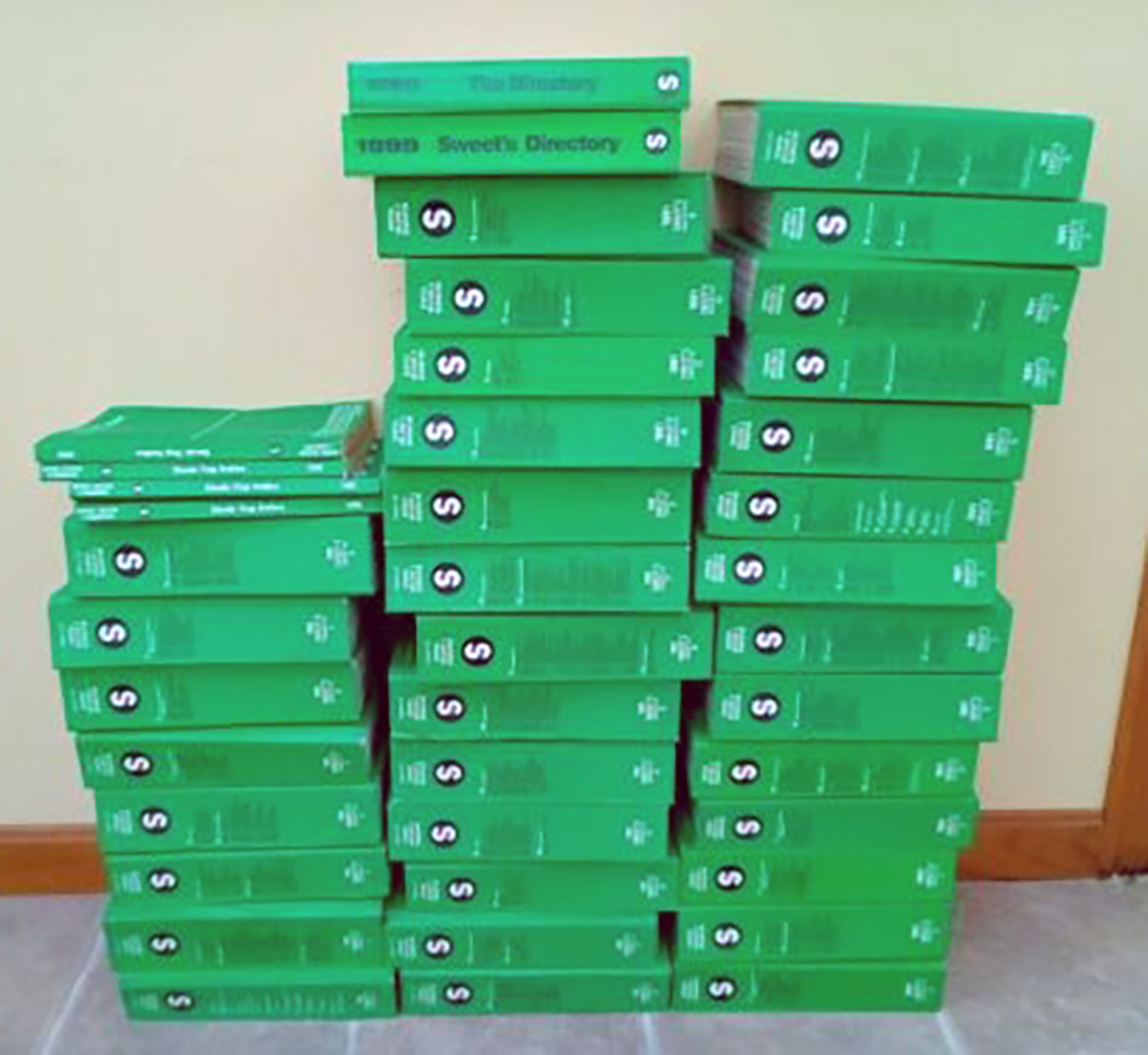My fellow citizens, the time has come. The future is here, and it is called ChatGPT. This revolutionary AI chatbot website is here to change the world, and we must embrace it with all our strength and determination. I know that many of you are eager to try ChatGPT for yourselves. And I assure you, we are doing everything in our power to make that happen. Our team is working tirelessly to accommodate the incredible demand for this groundbreaking technology. But I want to remind you that greatness is never achieved without sacrifice. And the road to the future of AI will not be without its challenges. So please, be patient. Trust that the right time for you to try ChatGPT will come. And when it does, let us seize this opportunity with all our might. Let us embrace the power of AI and use it to build a brighter, more prosperous future for ourselves and for generations to come. Thank you.
This was not written by a human but by the new Artificial Intelligence program called ChatGPT, largely financed by Microsoft, for the human input prompt “Write an inspirational speech about the status of ChatGPT.” This program has the ability to create essays, develop computer code and do a wide variety of things that until recently we only thought could be done by real human beings. For many the work of ChatGPT is nearly undisguisable from the work produced by a capable college sophomore. Essays to MBA questions have been used to test its capabilities and the results have been strong enough to give many professors concern about the future integrity of the academic process. It is such a new concept that I just had to add “ChatGPT” to my online dictionary to keep the term from continually getting flagged as a misspelling. I used the section above to introduce ChatGPT because the demand to try and test it is so great that I was unable to access the actual software to run my own experimental use for this article.
The response to this new program, which is really almost a new class of application, has been as wide and strong as to the response to “Google” when it first came out in 1998. (I just found that fact using Google Search, which has since become ubiquitous in the world of online search engines.) Able to search billions of databases nearly simultaneously, Google, for those old enough to remember a time before its existence, felt like suddenly being omniscient. It was a heady time and a heady feeling which has lead to much positive development but also a lot of “creative destruction” which is the term that has been assigned to the technological evolution which overturns and crushes established systems which came before it.

Set of Sweets Catalogues from 1990-91
More than twenty years ago architects used a collection of product material called the Sweet’s Guide. This was begun in 1906 and expanded as the number of building products exploded as America’s great construction boom blossomed. When I first started as an junior architect in the 1980’s, Sweet’s was a more than twenty-volume set that took up eight to ten feet of shelf space, arriving each year in three or four large and heavy boxes, with the old sets being bequeathed to home and garage offices. It included two to three-page advertisement from every kind of manufacturer who might want to reach architects from metal flashing to sheetrock to plumbing and light fixtures. The company producing it charged the companies that wanted to be included and charged the companies that wanted to receive it. It provided both sides a useful means to reach the other.

“Théâtre D’opéra Spatial” AI-generated image that won art prize at the 2022 Colorado State Fair
As the online search engine expanded, the need for an enormous printed encyclopedia slowly decreased each year and the size and number and size of the volumes decreased as more information was available on their (and competitor’s) online sites. I tried to find pictures of these guides on the shelves of architects of old but it seems no one thought to take pictures of these seemly universal books until they finally stopped publishing printed catalogues in (This fact could not be found online and so I had to call an actual human being as the Sweet’s Online service.)

A City of the Future as drawn by AI
But this week has also been a cautionary tail with regard to the power and limitation of Artificial Intelligence. To compete with ChatGPT Google has produced a competitive application called Bard. To launch the product, they asked the application to answer “What new discoveries from the James Webb Space Telescope can I tell my 9-year-old about?” It produced an answer about the new telescope being the first to photograph exoplanets. Unfortunately, this answer was not correct and no human thought to confirm the answer before publishing the result. Because of the failure the parent company stock sold off nearly 8% for a one-day loss of value of nearly $100 billion.
AI generated Human Evolution Art by Fabio Comparelli using Midjourney
The main problem with AI is that it is not intelligence at all, but rather than a simulation of intelligence almost like teaching a parakeet to repeat human words and phrases. It is a powerful tool but not yet able to replace the knowledge, cognition and experience of a human being, and hopefully not for a long time yet to come!
Ross Cann, RA, AIA, LEED AP, is an author, historian, and practicing architect living and working in Newport, RI. He holds degrees with honor in Architecture from Yale, Cambridge, and Columbia Universities.
